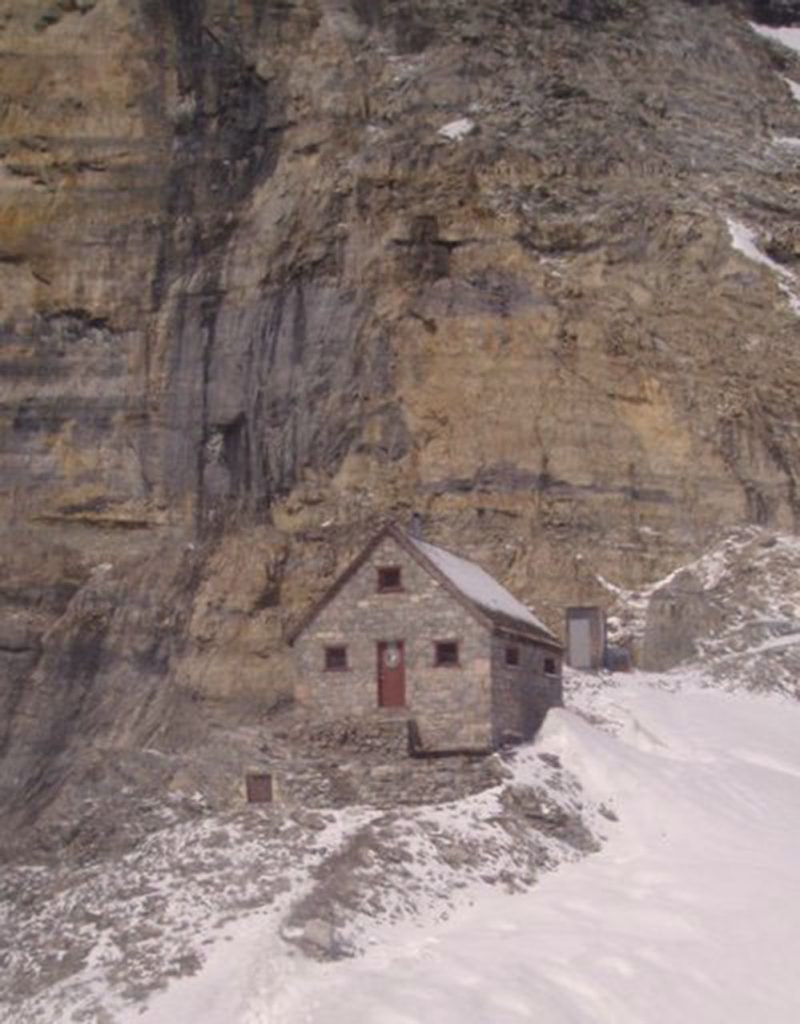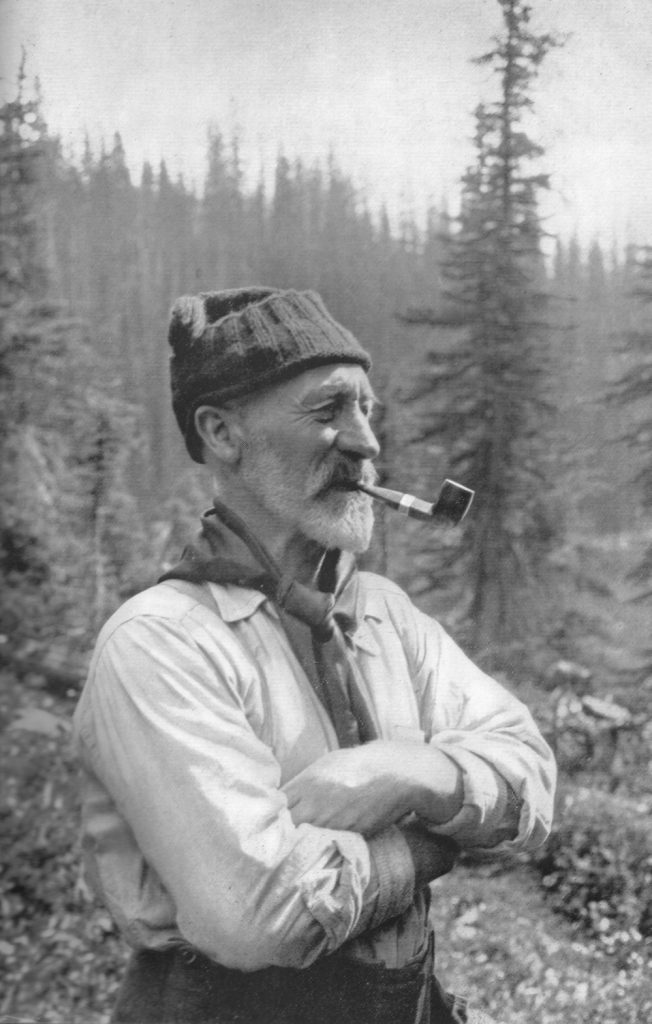1 – Canadian Alpine Tradition
In the late 19th century, the Canadian Pacific Railway hired guides from Switzerland to lead surveyors through the Canadian Rockies. This led to the completion of the national railway and finally connected British Columbia to the rest of Canada.
The Canadian Pacific Railway advertised the Canadian Rockies as the ‘Canadian Alps’, hoping to seize on the popularity of mountaineering in Europe and the United States. The Swiss Guides worked for the Railway and led parties into the glaciers and peaks near Banff and Lake Louise.
After the American Alpine Club was formed in 1902, a Canadian mountaineer named Arthur Oliver Wheeler felt it was important that an equivalent Canadian club be formed. He wrote letters to the editors of several national and local newspapers in hopes of finding like-minded individuals willing to help form the club.
He found an unlikely ally in journalist Elizabeth Parker, who due to health conditions was unable to climb but was an avid environmentalist. The Alpine Club of Canada (ACC) was formed in 1906.
The ACC wanted to provide services to members and so in 1909, the Club hired Conrad Kain from Austria to be their first professional mountain guide. The club sponsored summer climbing camps for Canadians to discover the sport of mountaineering but also to get in touch with their national identity.

The Abbot Pass Hut was the first alpine Hut built with non-native materials and was used as a base for climbing camps put on by the Swiss Guides. The guides also assisted the ACC with their summer climbing camps.
At the time, the European guides were not as accustomed to sleeping outdoors in the alpine. The Swiss guides built the first Canadian alpine hut in 1923, which was called the Abbot Hut (also known as the Abbot Pass Hut). The ACC is still a popular outdoor club today and has 22 regional chapters like the ACC Vancouver Section and the ACC Whistler Section to name just a couple.
While the birthplace of Canadian mountaineering was in the Rockies, the Coast Mountains soon became another popular area for mountaineers to explore and claim first ascents.


